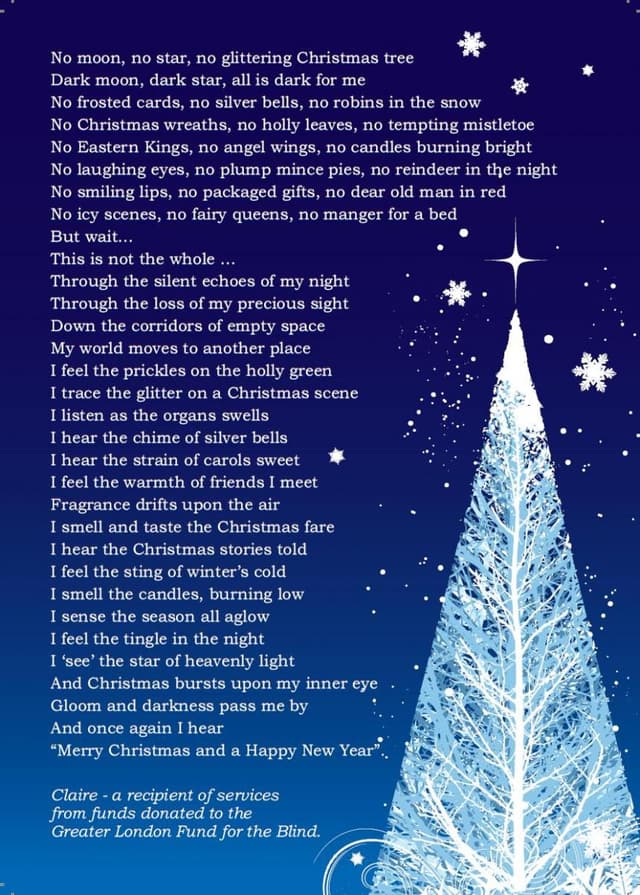Greater London Fund for the Blind: Christmas card and thank-you card tests
- Exhibited by
- Craig Linton
- Added
- February 26, 2012
- Medium of Communication
- Target Audience
- Type of Charity
- Healthcare
- Country of Origin
- UK
- Date of first appearance
- December, 2011
SOFII’s view
If you think you've done enough testing, you’ve done enough fundraising. But test only that which will help you move forward. And only one variable at a time.
SOFII thinks that the Greater London Fund for the Blind (GLFB) got the mix right when they tested different ways of thanking their donors and came up with some interesting results.
Creator / originator
The Greater London Fund for the Blind fundraising team
Summary / objectives
Test 1:we wanted to try and boost responses rates from our most valuable donors for our Christmas appeal and to demonstrate the value of more personalised mailings.
Test 2:we also wanted to test the effect a personalised, handwritten thank-you card had on the subsequent response rate and average donation to the next appeal.
Background
This more personal approach for our top donors was the first part of our new individual giving plan, which aims to improve the lifetime value of our donors.
We also wanted to see if it was cost effective (in the short term) to spend more time on our thank-you letters for all of our donors.
Special characteristics
Test 1
For the high value donors we split the file four ways.
1. People who have given in the last year and their highest gift was over £250.
2. People who have given in the last year and their highest gift was over £50.
3. People who gave over a year ago and their highest gift was over £250.
4. People who gave over a year ago and their highest gift was over £50.
In total we sent just over 400 handwritten Christmas cards and personally signed letters.
Test 2
The second test measured the short-term effect a personalised, handwritten thank-you card would have on the response rate for the next mailing.
For our October appeal we split all our thank yous in half. One half got our normal, personalised thank-you letter, the other half received an extra handwritten thank-you card based on the donor’s giving history i.e. if they’d given for over 10 years then we made a special mention of this in the card.
Details
Test 1
For the high value Christmas mailing the response rate was 17.8 per cent. This compares to a response rate of 11.7 per cent for the same segment the year before.
The non-high value response rate was also 11.7 per cent.
Overall the uplift in response was over 50 per cent, which justified the time and effort it took to fulfil the appeals.
We also received a number of phone calls and notes from donors saying how much they appreciated the thank-you card and personal notes.
As we continue with this personal approach for our top donors, we would hope to see an increase in the value and number of gifts we receive.
Test 2
For the personalised thank-you cards there was no major increase in response rate to the next appeal from the people who received the personalised thank you; 29.1 per cent of donors who received the personalised thank you gave again, 28.1 per cent of donors who received the normal thank you gave again.
However, the donors who received the extra thank you have been flagged on the database and we plan to track their giving over the next year to assess if the card had any impact.
Like the Christmas card mailing, we also received a number of phone calls and letters thanking us for the thank you.
Merits
It demonstrates the importance of testing and shows that charities of all sizes can test out ideas in an easy and cost-effective way.
It also demonstrates the value of personalising communications and making them as one to one as possible.
 View original image
View original image
















